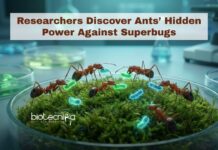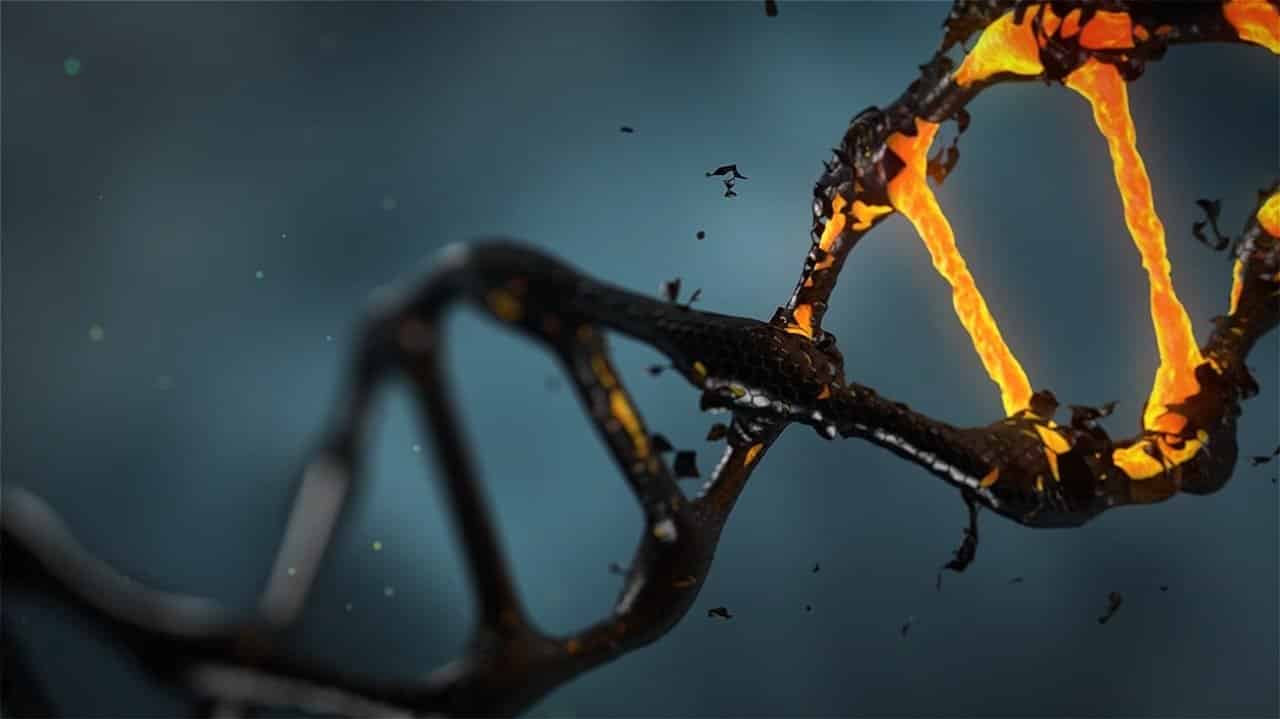Scientists Reveal Cancer’s Sugary Secrets Through CRISPR
The proteins in human cells are extensively decorated with different types of sugars, a phenomenon called glycosylation. Glycosylation is the process where sugar molecules (glucose) in the body’s blood attach to protein molecules, diminishing their effectiveness. And these modifications through the process greatly increase the diversity of protein structure and function, affecting how proteins fold, how they behave, and where they go in cells.
Now, researchers at the University of Georgia have studied the specific O-linked modifications including one called Notch and found that it has profound impact on human development and cancer progression.
O-linked modifications typically involve the sugar N-acetylgalactosamine being attached to the amino acids serine or threonine, called “mucin-type” glycosylaton because they are commonly found in proteins in mucus membranes; together with N-linked sugars, these “canonical” modifications modify thousands of different types of proteins. Much rarer type of O-linked modifications involve attachment of the sugars glucose or fructose to serine or threonine, a modification that affects just a few hundred different types of proteins. One of these proteins is Notch, a signalling receptor that is essential for cell development and differentiation and is deregulated in cancers such as leukemia, breast cancer, and prostate cancer.
The enzymes responsible for modifying Notch with glucose and fucose are called POFUT1 and POGLUT1 – and the research team were particularly curious as to why. If you genetically engineer a fly or mouse without POFUT1 or POGLUT1, you get a dead fly or a dead mouse since you would be completely disrupting the Notch pathway; Notch is not functional if you don’t add those sugars.
This new research in discussion shows that the fructose and glucose modifications serve as quality-control markers that allow Notch to be transported to its final destination in the cell membrane. When the researchers knocked out POFUT1 or POGLUT1 in cell cultures using CRISPR/Cas technology, cells displayed much less Notch on the cell surface. When both enzymes were knocked out, Notch was almost completely absent.
“It’s like a stamp of approval,” Robert Haltiwanger, lead researcher said. “This part’s folded? Boom, you put a fucose on it. And somehow that tells the cell: Don’t mess with this anymore. Leave it alone. If you don’t add the sugar, [the Notch proteins] get stuck inside the endoplasmic reticulum, get degraded, and don’t get secreted.”
Knowing that these sugars are essential for Notch activity makes the enzymes that control them, POFUT1 and POGLUT1, potential targets for cancer treatments.
Depending on whether Notch is overactive or insufficiently active in a particular cancer, manipulating the sugars that are added to Notch could help correct the dysregulation.
The researchers are currently working on finding chemical compounds that would inhibit POFUT1 and POGLUT1, thus stopping Notch from embedding in the cell membrane and carrying out its signaling functions.
This research unlocked another tiny but critical key in the microbiology of cancer research, and if their conclusions are correct, this could spell great things for future treatment and preventative care research!






















